2025 Acquisition Highlights
October 2025
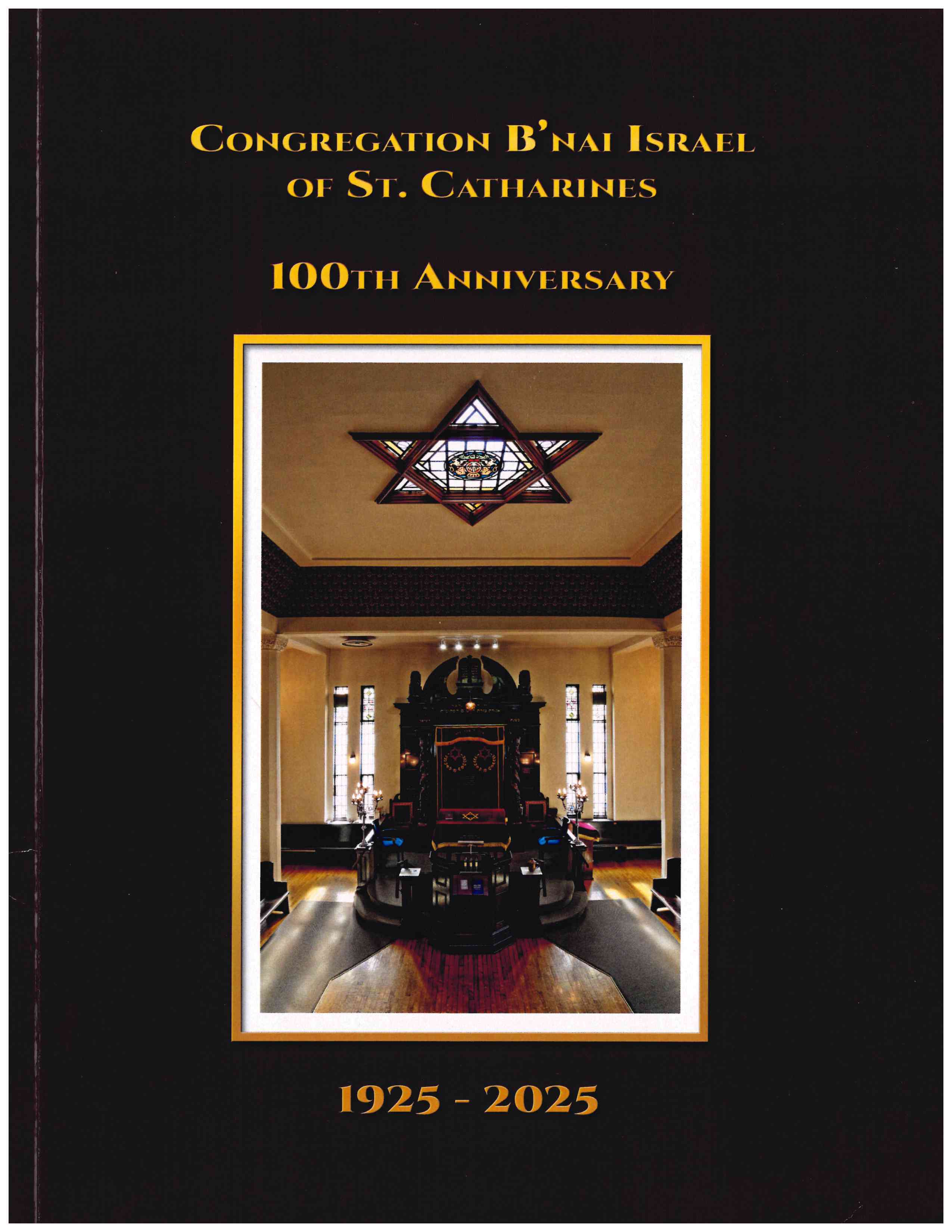
In October, the OJA accessioned a small donation documenting Congregation B’nai Israel of St. Catharines. Included in the accession are two commemorative booklets marking the congregation’s fiftieth anniversary in 1975 and centennial in 2025.
The booklets offer more than congratulatory messages; together, they trace the congregation’s development from a small group of Jewish families holding services in private homes to a flourishing community that, in 1925, completed the construction of its synagogue on Church Street. Each booklet includes reflections from members, accounts of the congregation’s founding and activities, historical photographs, a message from Rabbi Israel Freedman, and a timeline of synagogue leadership.
The two booklets document a century of Jewish life in St. Catherines and are thus well worth preserving.
September 2025
 In August, the OJA received donation of family papers from the Frymer family. Taken as a whole, the records trace the wartime experiences, survival, and postwar journeys of Madja Boguchwal-Frymer and her relatives. Among the records we find a ketubah, identity cards, travel documents, immigration papers, vaccination certificates, citizenship records, and correspondence. Among the individuals documented in the records are Misza (Mischa) Frymer, Matla Marta (Miriam) Frymer, and Isak Frymer. These materials illuminate the family’s displacement, migration, and eventual resettlement in Canada, offering researchers an unusually detailed look at the bureaucratic and personal processes that shaped the lives of Holocaust survivors.
In August, the OJA received donation of family papers from the Frymer family. Taken as a whole, the records trace the wartime experiences, survival, and postwar journeys of Madja Boguchwal-Frymer and her relatives. Among the records we find a ketubah, identity cards, travel documents, immigration papers, vaccination certificates, citizenship records, and correspondence. Among the individuals documented in the records are Misza (Mischa) Frymer, Matla Marta (Miriam) Frymer, and Isak Frymer. These materials illuminate the family’s displacement, migration, and eventual resettlement in Canada, offering researchers an unusually detailed look at the bureaucratic and personal processes that shaped the lives of Holocaust survivors.
At the centre of this donation is the life story of Madja Boguchwal-Frymer. Born in 1926 in Łódź, she endured the Łódź Ghetto, forced labour camps, and deportation to Auschwitz before being sent to the Waldeslust labour camp. In 1945, she was forced on a death march to Bergen-Belsen, where she remained until liberation. Her postwar path—from displaced persons’ housing in Germany to immigration to Palestine, and later to Israel and Canada—reflects the wider experiences of many survivors rebuilding their lives after the war.
For descendants, community members, and researchers alike, this collection offers an essential window into survival, displacement, and renewal. We are honoured to preserve these materials and grateful to the Frymer family for entrusting us with their history.
August 2025
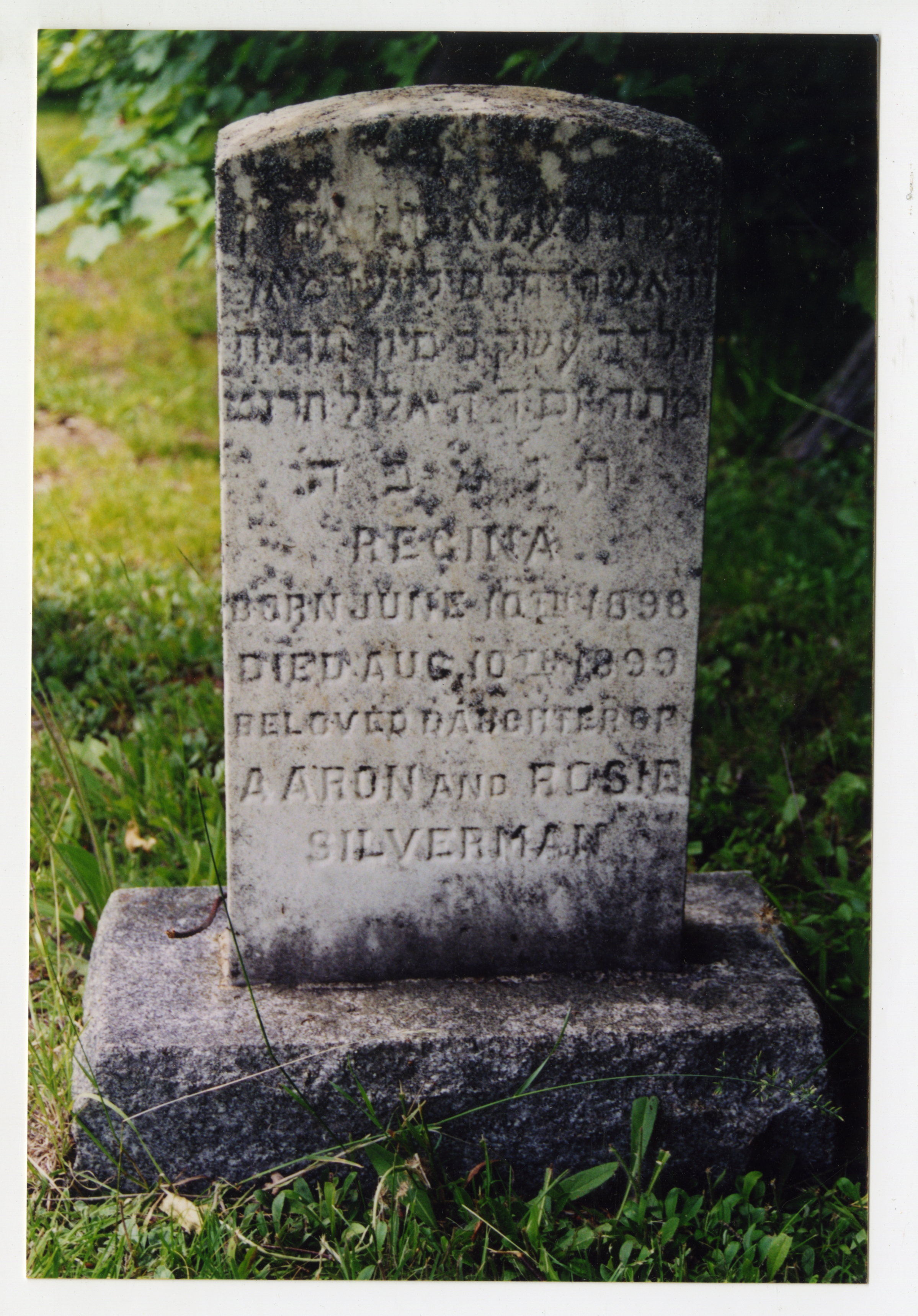 In August, the archives accessioned a thoughtful donation from Terry Baker: seven photographs documenting the Jewish cemetery in Massey, Ontario, along with an image of the plaque dedicated to Henry Sadowski at the Massey Community Centre.
In August, the archives accessioned a thoughtful donation from Terry Baker: seven photographs documenting the Jewish cemetery in Massey, Ontario, along with an image of the plaque dedicated to Henry Sadowski at the Massey Community Centre.
Small rural Jewish cemeteries are often difficult to document, and materials relating to them can be scarce. This donation helps fill an important gap by capturing the gravestones of several early Jewish residents of the area, including members of the Rutenberg, Nellicks, and Silverman families. The inscriptions—some in English, others transliterated from Hebrew—provide genealogical and historical details that might otherwise be lost. Among them are the gravestones of Menashe, son of Charles Rutenberg; Yitzchak (Isaac) Nellicks, son of Yosef; Rachel Leah (Rose Lena) Nellicks; and the child Retzna, daughter of Aharon and Rachel Silverman.
Also included is a photograph of the memorial plaque honouring Henry Sadowski, installed at the Massey Community Centre on Government Road. Together, these images offer rare visual documentation of Jewish life and memory in a community not widely represented in the archival record.
July 2025
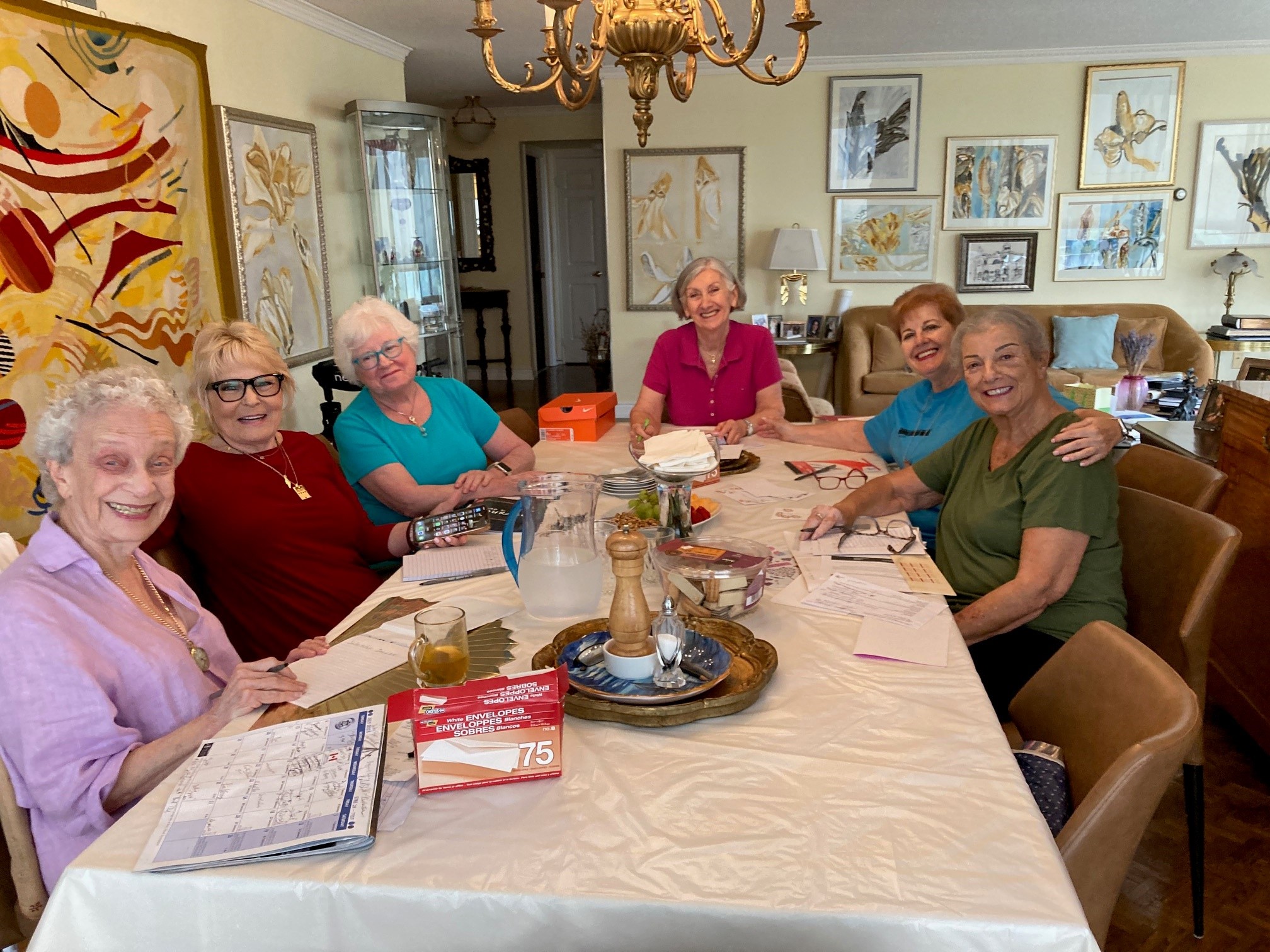 In July, the Ontario Jewish Archives acquired records documenting Letters to the Future, a poignant and timely collection of writings, photographs, and ephemera created by a grassroots group of Jewish women in Toronto. Sparked by the 2023 Hamas attack on Israel and the ensuing war in Gaza, the initiative began as a community-led effort to process grief, fear, and solidarity through the written word. What emerged was a legacy project aimed at preserving the voices of Jews living through a moment of historic upheaval.
In July, the Ontario Jewish Archives acquired records documenting Letters to the Future, a poignant and timely collection of writings, photographs, and ephemera created by a grassroots group of Jewish women in Toronto. Sparked by the 2023 Hamas attack on Israel and the ensuing war in Gaza, the initiative began as a community-led effort to process grief, fear, and solidarity through the written word. What emerged was a legacy project aimed at preserving the voices of Jews living through a moment of historic upheaval.
The donation includes fourteen written reflections to an imagined future generation. These texts are accompanied by colour photographs of participants and organizing members, along with a striking event poster for a gathering held on 24 June 2025, at Beth Tikvah Synagogue. The event drew more than sixty attendees and featured readings, workshops, and presentations by artists, educators, and activists. A selection of the letters was read aloud or shared in journalling sessions, underscoring the project’s emphasis on testimony and collective witnessing.
Conceived by poet and activist Ruth Abrams, the initiative responded not only to the conflict overseas but also to the palpable rise in antisemitism felt locally. When attempts to send letters directly to IDF soldiers were blocked by Canada Post, the group found alternate channels—before ultimately turning their focus inward and forward.
Through this donation, future researchers will encounter a rare and intimate portrait of Jewish life in 2025, one shaped not by institutions but by the urgency of lived experience. As both time capsule and call to memory, Letters to the Future reminds us that archival records are not just about what happened, but about how it felt to live through it.
June 2025
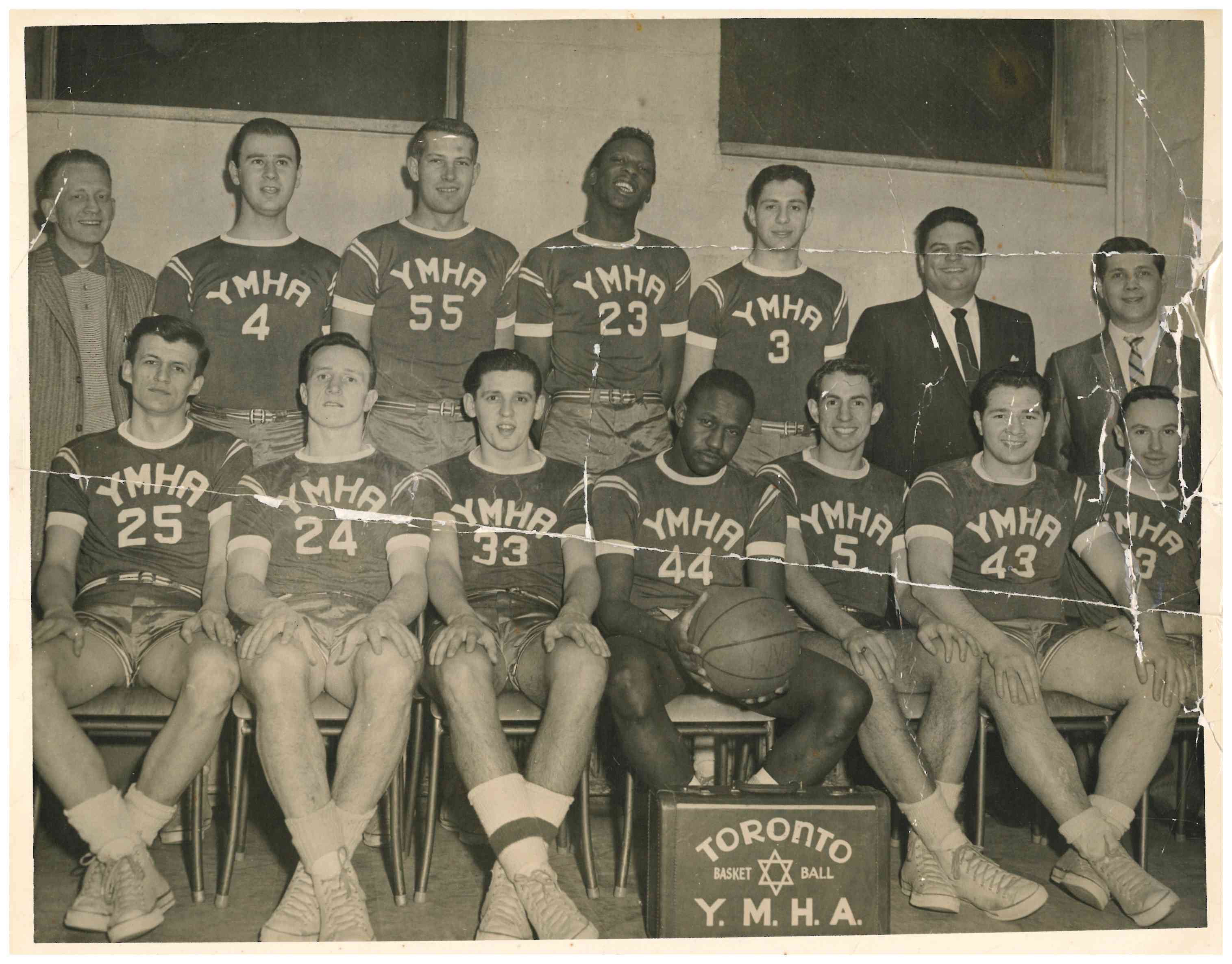 In June, Mandy Smith donated her father's collection of Gelman family photographs to the Ontario Jewish Archives. The collection consists of 144 black-and-white and colour photographs that trace three generations of Jewish life in Toronto from 1926 to 2000. Beginning with a portrait of matriarch Molly (Mulka) Gelman taken in 1926, the photographs follow the Gelmans from their first rented rooms on Denison Street and Baldwin Village through the postwar boom in Bathurst Manor. Candid scenes—Jack leading Cub Scouts, Esther cheering at a Blue Jays game, cousins posing at Camp Northland—sit beside rare sports views such as a 1947 team shot of the Afro Communities Negro Fliers basketball squad featuring brothers Jack and Sam Gelman. Because most faces are identified, the accession offers a rich visual record for neighbourhood historians and a treasure trove for genealogists researching extended kin networks in the city’s downtown Jewish enclave.
In June, Mandy Smith donated her father's collection of Gelman family photographs to the Ontario Jewish Archives. The collection consists of 144 black-and-white and colour photographs that trace three generations of Jewish life in Toronto from 1926 to 2000. Beginning with a portrait of matriarch Molly (Mulka) Gelman taken in 1926, the photographs follow the Gelmans from their first rented rooms on Denison Street and Baldwin Village through the postwar boom in Bathurst Manor. Candid scenes—Jack leading Cub Scouts, Esther cheering at a Blue Jays game, cousins posing at Camp Northland—sit beside rare sports views such as a 1947 team shot of the Afro Communities Negro Fliers basketball squad featuring brothers Jack and Sam Gelman. Because most faces are identified, the accession offers a rich visual record for neighbourhood historians and a treasure trove for genealogists researching extended kin networks in the city’s downtown Jewish enclave.
Born in Toronto in 1929, Jack Gelman grew up above his father Philip’s vegetable stall at 206 Baldwin Street, learning early to “fight back” against the anti-Jewish bullying common in the 1930s schoolyard. His future wife Esther Davidson (b. 1934) met Jack at the YM-YWHA and married him in 1951; within a decade, the young family moved north to Bathurst Manor, joining the wave of Jewish suburban migration then reshaping the city. While Jack drove a delivery truck for Canadian Paper and Specialties, he also ran a thriving Cub Scout pack, modelling the volunteer spirit that would shape their children Alan, Sharon, Glenn and Mandy.
The photos capture these transitions in remarkable detail: wagon deliveries and market stalls in Kensington, post-war Scouts parades outside Beth Emeth, school portraits pinned lovingly into scrapbooks, and layered collage pages tracing each sibling’s milestones from the 1930s through the 1990s. Together the images map how one immigrant family navigated poverty, prejudice, prosperity and pride—turning Toronto’s streets, camps, shuls and ballparks into stages for a distinctly Canadian Jewish story.
May 2025
This month, we are pleased to highlight the donation of materials from the Beth Emeth Bais Yehuda Synagogue. The accession consists of a photocopy of the synagogue’s 50th Anniversary Golden Jubilee publication from 2005 plus a concert program from 2018 supporting Reclamation, a cultural initiative.
Beth Emeth began as modest home gatherings before its synagogue building was constructed in 1959. Just a few years later, in 1963, it merged with Bais Yehuda to form the Beth Emeth Bais Yehuda Synagogue, expanding its facilities to include a sanctuary, chapel, and additional classrooms. These materials provide insight into the synagogue’s rich communal history and its evolving role in Toronto’s Jewish life.
This accession preserves key moments in the synagogue’s history and continues to build our understanding of the dynamic institutions that shape Jewish communal identity in Canada.
April 2025
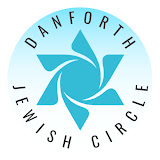
The Ontario Jewish Archives is delighted to announce the acquisition of a significant collection of 135 videos from the Danforth Jewish Circle (DJC). This is the first time the OJA has acquired YouTube videos, marking a new chapter in our efforts to preserve contemporary digital media.
The videos, spanning from 2020 to 2025, provide a rich visual record of the DJC's vibrant community life. They include High Holiday services, bnei mitzvah ceremonies, community messages, musical and cultural presentations, and an engaging speaker series covering a wide range of topics from climate change to economic justice.
This collection not only documents the diverse activities and events of the DJC but also reflects the community's commitment to social justice and cultural enrichment. We are proud to preserve and share these valuable insights into the dynamic life of the Danforth Jewish Circle.
March 2025
 The OJA is excited to highlight a recent acquisition that offers a vibrant glimpse into Jewish summer camp life in Ontario.
The OJA is excited to highlight a recent acquisition that offers a vibrant glimpse into Jewish summer camp life in Ontario.
Accession 2025-3-9 consists of over four hundred colour photographic slides taken at Camp Shalom between 1988 and 1994. Donated by Monique Madan to Canadian Young Judaea and delivered to the OJA by executive director Risa Epstein, these images capture the joy and camaraderie of campers and staff during the camp’s late-twentieth-century heyday.
Founded in 1948 by the Zionist Organization of Canada, Camp Shalom welcomed youth aged nine to thirteen at its site in Gravenhurst, Ontario. The camp was part of a broader network of Zionist camps, with administration provided by the National Camps Association and operations run by Canadian Young Judaea. Today, Camp Shalom continues to thrive under the joint operation of the Toronto Zionist Council and Canadian Young Judaea.
This collection offers a rich visual record of Jewish identity-building, outdoor adventure, and youth culture. Select slides have been digitized and will soon be available for viewing online.
February 2025
This month, we are pleased to highlight a recent donation that sheds light on the Masonic traditions of Palestine Lodge No. 559, AF & AM, in Ontario. The collection documents the involvement of Earl Brightman and his father-in-law, Auby Morris, in Freemasonry in the twentieth century. Among the items are Masonic certificates, a Masonic edition of the Holy Bible, by-laws, and instructional booklets that provide insight into the rituals and teachings of the lodge.
Notably, the donation includes three Masonic aprons and a Royal Arch Masonic sash, tangible symbols of membership and rank within the organization. These artifacts not only reflect the personal journeys of Earl and Auby within the fraternity but also offer a glimpse into the broader traditions of Freemasonry in Canada. The accession is also significant in the context of Ontario’s Jewish history, as Jewish participation in Freemasonry provided a unique space for social connection, professional networking, and community engagement at a time when Jews often faced social barriers in other institutions.
January 2025
After temporarily closing its doors to new acquisitions for the last quarter of 2024, the OJA is once more accepting new donations!
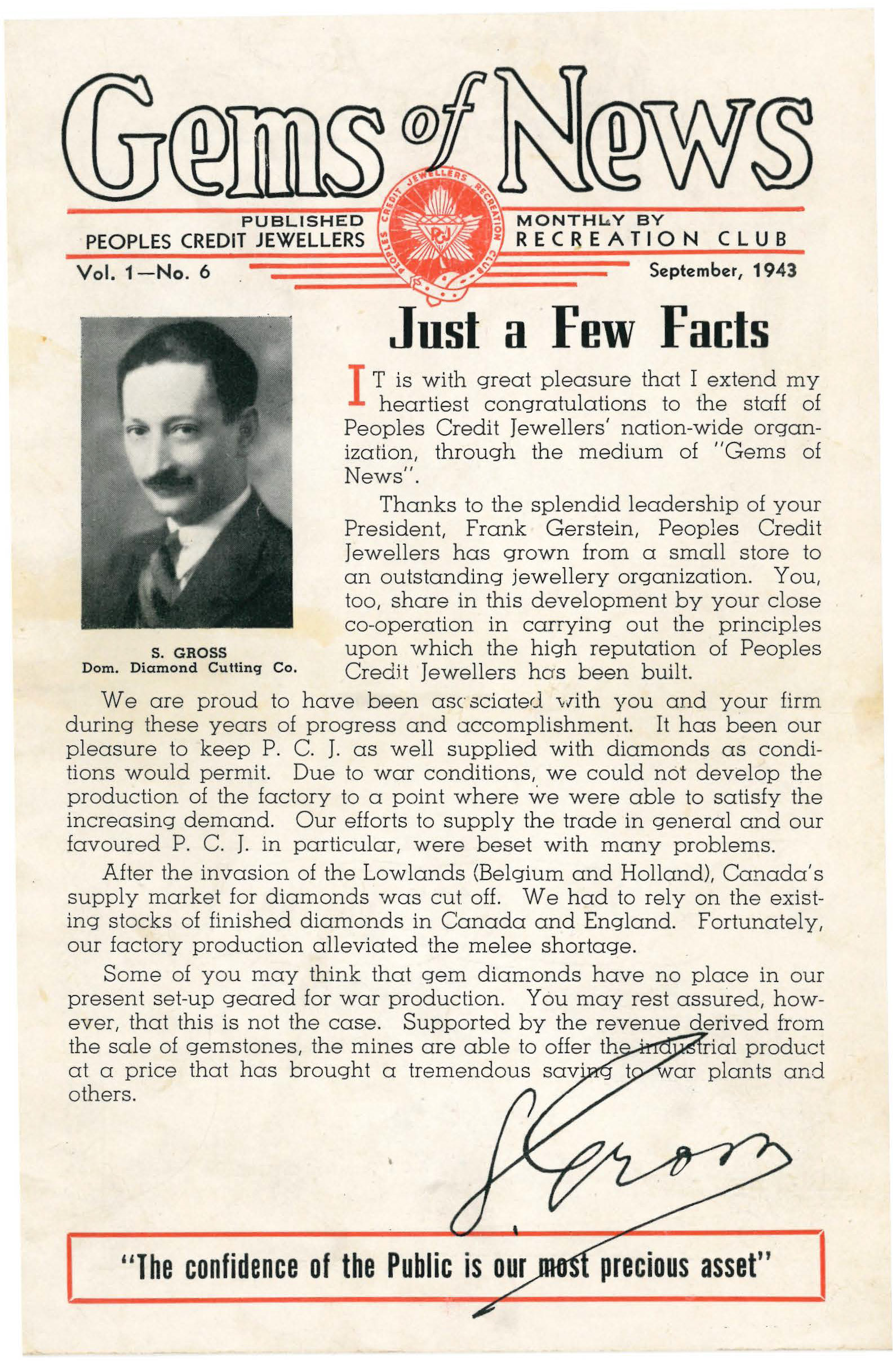 This month's acquisition documents Selig Gross (pictured left), an important figure in Toronto's diamond business. Born in Chrzanów, Poland, in 1894, Selig immigrated to Canada in 1920 with his wife, Anna. Once in Toronto, he established a branch of his wife's family's diamond-importing business.
This month's acquisition documents Selig Gross (pictured left), an important figure in Toronto's diamond business. Born in Chrzanów, Poland, in 1894, Selig immigrated to Canada in 1920 with his wife, Anna. Once in Toronto, he established a branch of his wife's family's diamond-importing business.
Gross’s role in the diamond industry was particularly significant during the Second World War, when Nazi Germany's invasion and occupation of Belgium and the Netherlands disrupted Europe’s diamond trade. Recognizing an opportunity, Gross helped bring skilled Jewish diamond cutters to Canada, establishing the Dominion Diamond Cutting Company in Toronto in 1941. Training a new generation of Canadian cutters, including high school students, this industry flourished for a decade before Europe regained its dominance.